Submitted by WA Contents
Venice Architecture Biennale 2021 will open to the public from May 22 to November 21 as it is planned
Italy Architecture News - Apr 14, 2021 - 15:48 10072 views
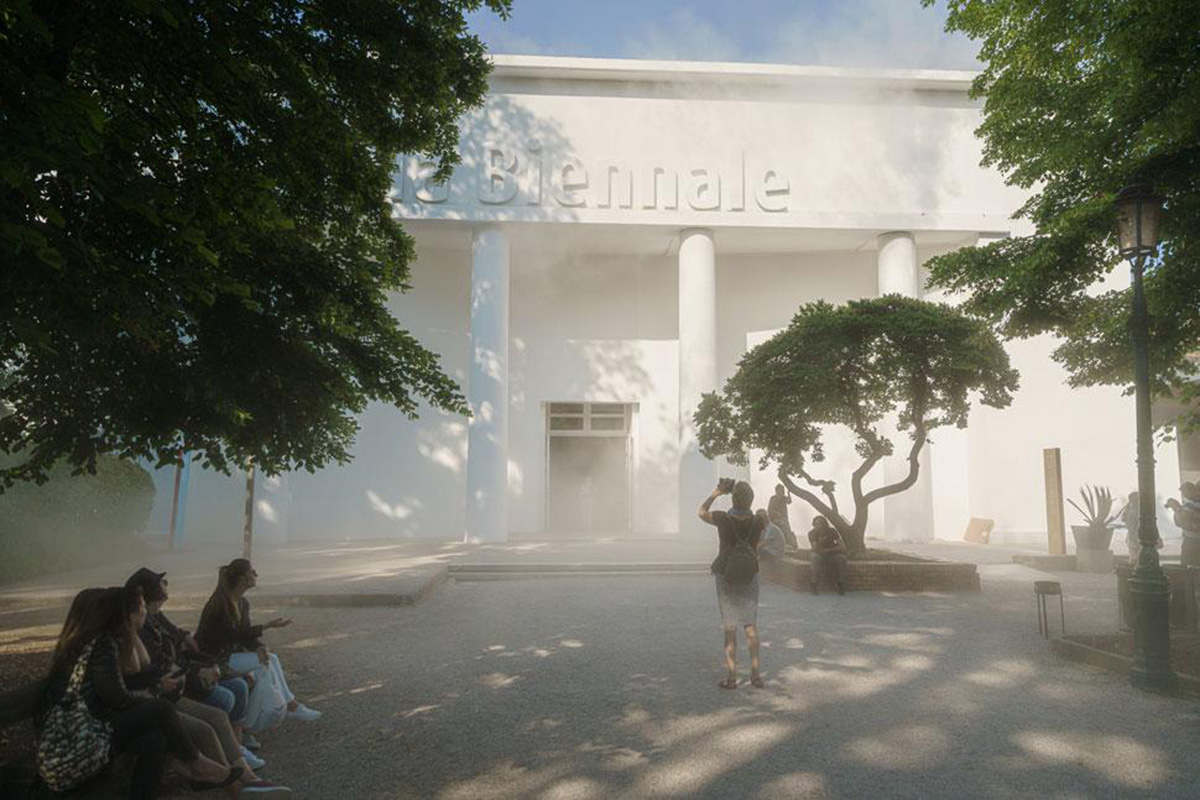
The organizers of the Venice Architecture Biennale have decided to open the 17th International Architecture Exhibition of Venice Architecture Biennale to the public from May 22nd to November 21st, 2021 although the impact of the coronavirus pandemic continues.
Confirmed through a live-streaming press conference held on April 12 by the organizers, the details about the exhibition, titled How will we live together?, have been announced by curator Hashim Sarkis, and he said that the Biennale will open its doors to the public from May 22nd to November 21st, 2021 at the Arsenale and Giardini venues in Venice.
The preview of the Biennale will be held on 20 and 21 May, the inauguration ceremony will take place on Saturday 22 May 2021.
Although some of the pavilions will partly hold its events and openings as virtual, like Singaporean, Portuguese, the Dominican Republic Pavilions, some of the pavilions entirely went to virtual format due to the ongoing pandemic, such as Russian Pavilion and Austrian Pavilion.
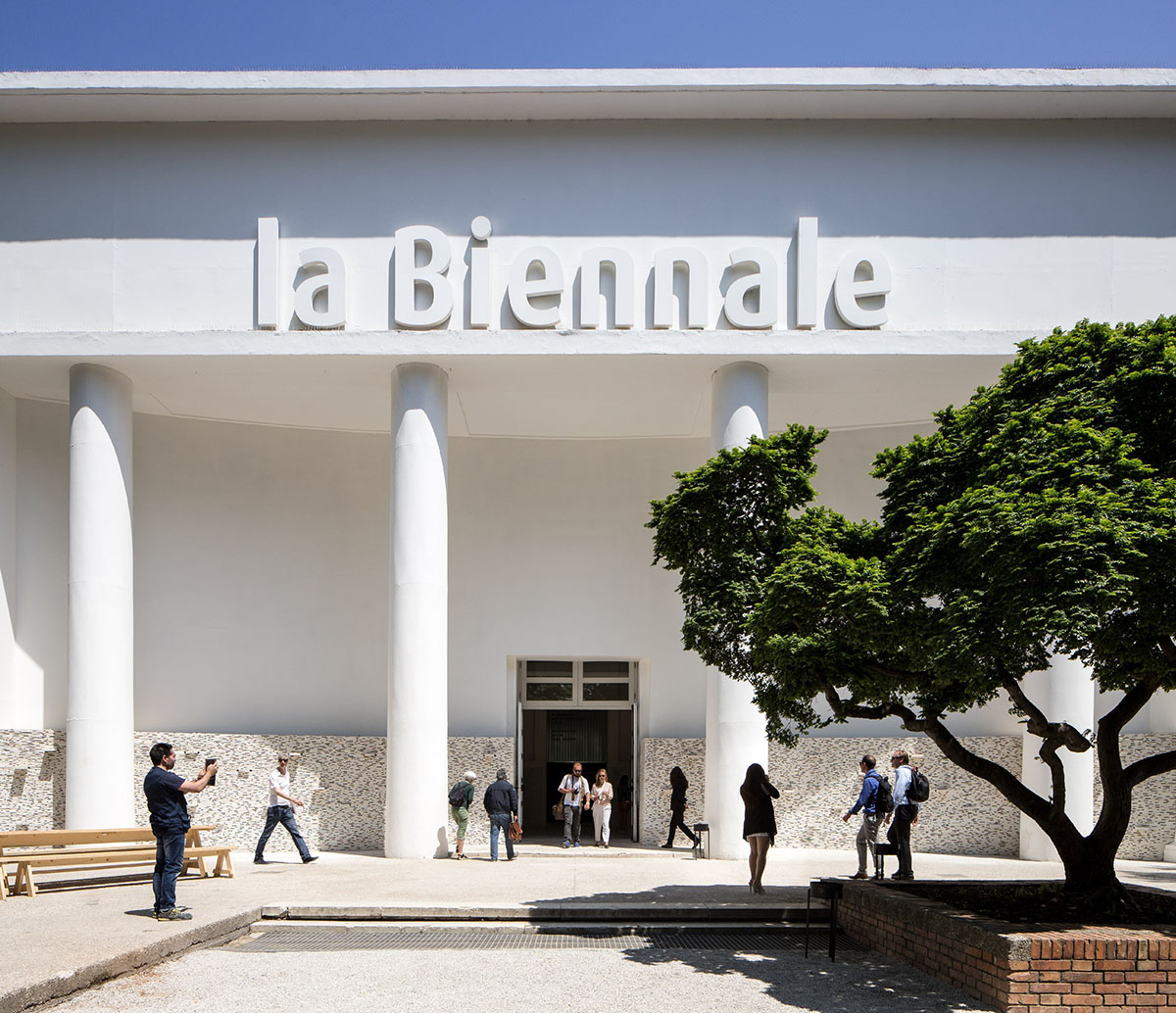
Giardini, image © Andrea Avezzù, courtesy of Venice Architecture Biennale
"The current global pandemic has no doubt made the question that this Biennale Architettura is asking all the more relevant and timely, even if somehow ironic, given the imposed isolation," said Hashim Sarkis in his statement.
"It may indeed be a coincidence that the theme was proposed a few months before the pandemic."
"However, many of the reasons that initially led us to ask this question - the intensifying climate crisis, massive population displacements, political instabilities around the world, and growing racial, social, and economic inequalities, among others - have led us to this pandemic and have become all the more relevant," he added.
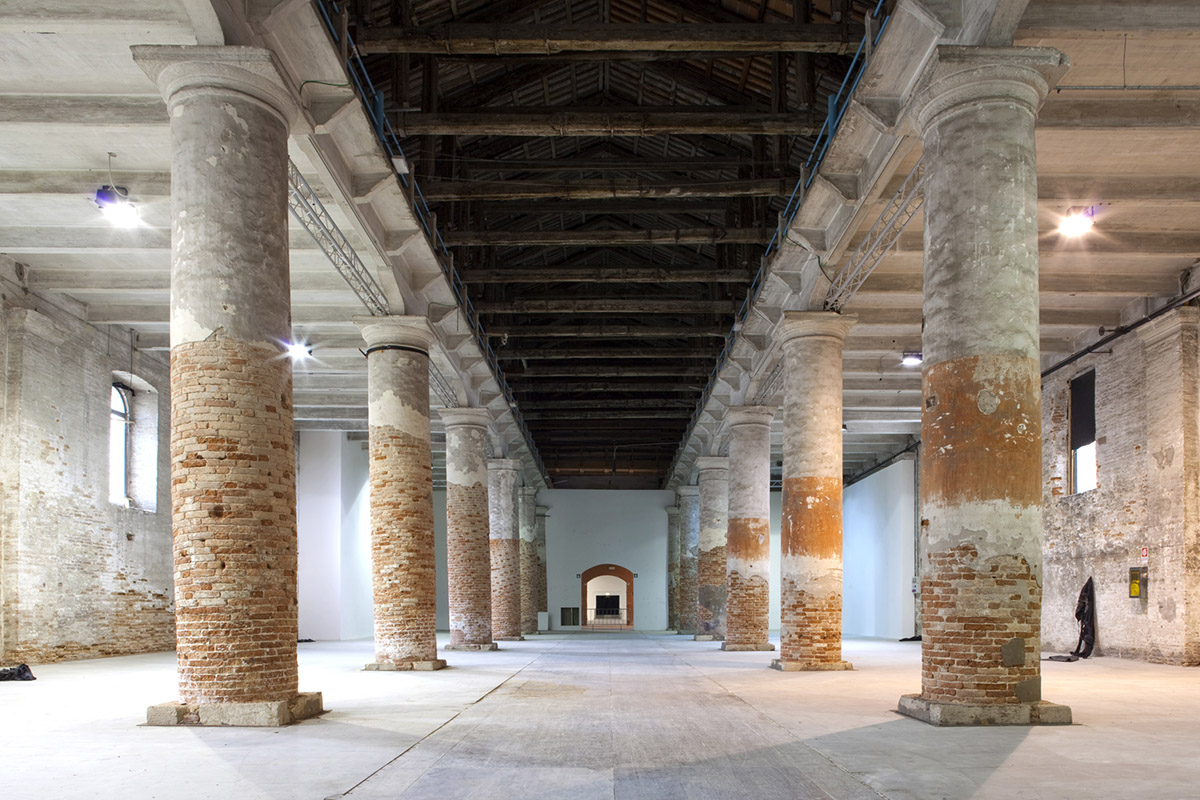
Arsenale. Image © Giulio Squillacciotti, courtesy of Venice Architecture Biennale
The theme of How will we live together? set by Lebanese architect Hashim Sarkis will delve into a special context of "widening political divides and growing economic inequalities" as well as helping architects to "imagine spaces in which we can generously live together".
By unpacking his questions, Sarkis also elaborated his theme: "How will we live together?. The question is open," said Sarkis.
How: Speaks to practical approaches and concrete solutions, highlighting the primacy of problem- solving in architectural thinking.
Will: Signals looking toward the future but also seeking vision and determination, drawing from the power of the architectural imaginary.
We: Is first person plural and thus inclusive of other peoples, of other species, appealing to a more empathetic understanding of architecture.
Live: Means not simply to exist but to thrive, to flourish, to inhabit, and to express life, tapping into architecture’s inherent optimism.
Together: Implies collectives, commons, universal values, highlighting architecture as a collective form and a form of collective expression.
?: Indicates an open question, not a rhetorical one, looking for (many) answers, celebrating the plurality of values in and through architecture.
"It is indeed as much a social and political question as a spatial one," he added. "More recently, rapidly changing social norms, the political polarization between left and right, climate change, and the growing gap between labor and capital are making this question more urgently relevant and at different scales than before."
"In parallel, the weakness of the political models being proposed today compels us to put space first and, perhaps like Aristotle, look at the way architecture shapes inhabitation in order to imagine potential models for how we could live together," Sarkis continued.
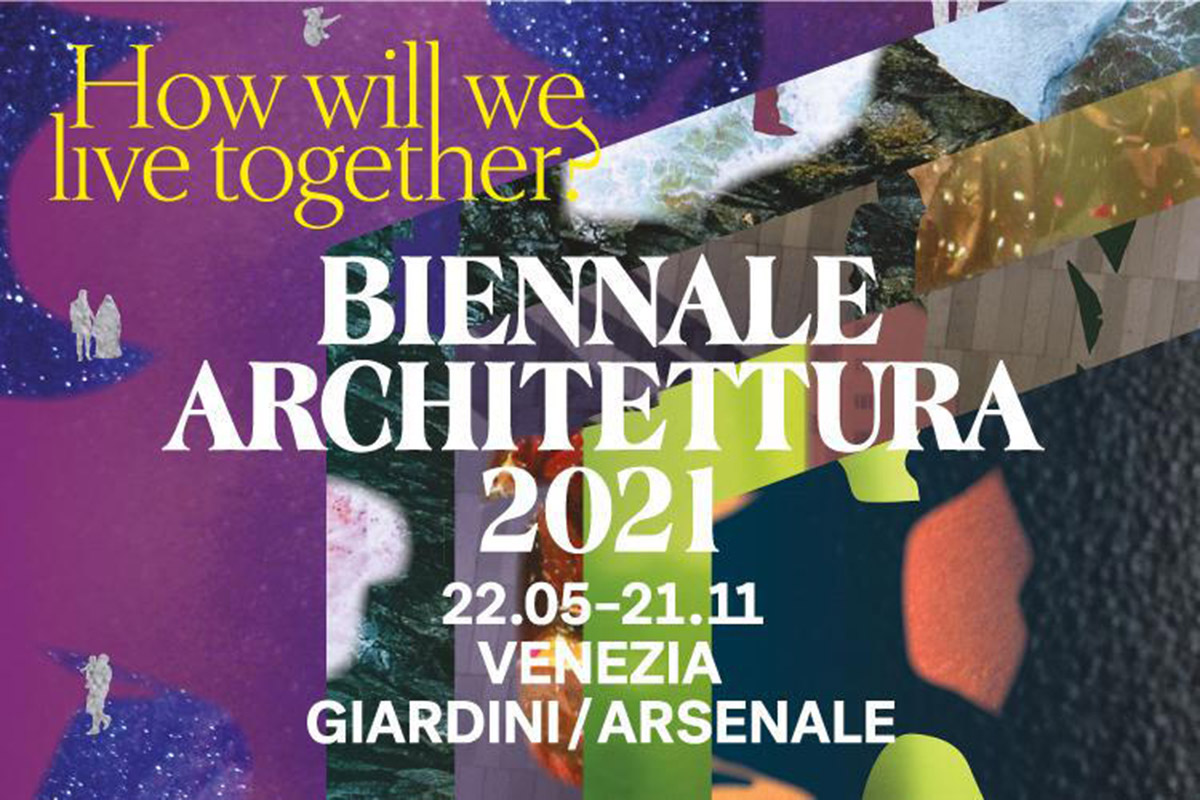
Image courtesy of Venice Architecture Biennale
Sarkis continued that "We can no longer wait for politicians to propose a path towards a better future. As politics continue to divide and isolate, we can offer alternative ways of living together through architecture."
"After all, space often precedes, projects, and survives the human conditions that shape it."
"A spatial contract could constitute a social contract. We are looking for a spatial contract that is at once universal and inclusive, an expanded contract for peoples and species to coexist and thrive in their plurality," he added.
The 2021 Venice Architecture Biennale was originally planned to open its doors from May 23rd to November 29th, 2020, but due to the ongoing coronavirus pandemic it was postponed to 2021.
Currently Venice is labelled as orange zone by the Italian government, which means, the public opening of museums and other cultural institutes and places is suspended, and restaurant, shops, catering services are only allowed for take-away services.
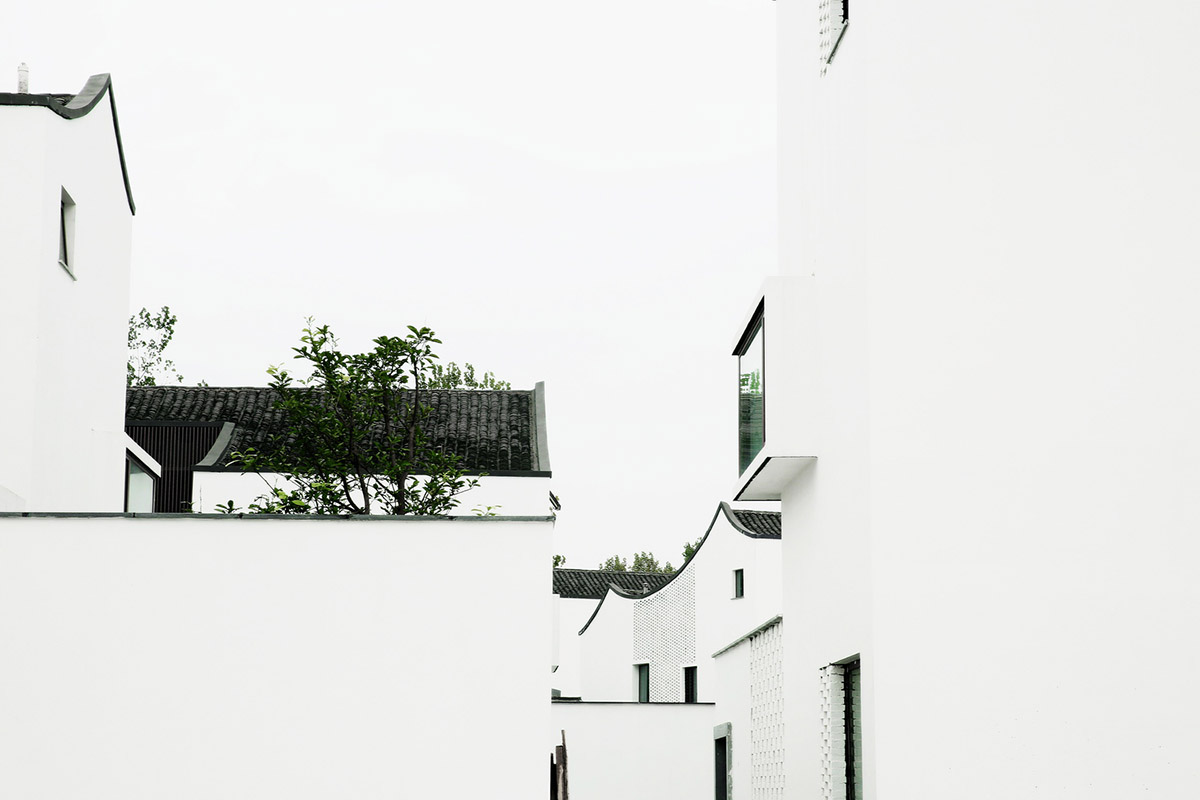
gad · line+ studio, Dongziguan Affordable Housing, 2016. Image © Yao Li
Regarding the precautions about the coronavirus at the venues, the Biennial introduced "general safety anti-Covid-19 measures" for guests who will visit the exhibition venues.
Prepared as an anti-Covid-19 safety protocol for the organization of the 17th International Architecture Exhibition, the protocol stated that "the main accesses of Arsenale and Giardini Exhibition area, will be equipped with thermo scanners measuring temperature of the visitors before entering the premises."
"Visitors will have to use hydroalcoholic solutions for washing hands, before entering the Exhibition venue," the protocol statement added. Masks will be compulsory during the visit and in all indoor and outdoor spaces.
The protocol will also ensure social distancing measurements for all activities such as walk-in installations, meetings and seminars, bookshop, bar and restaurants etc, while all the venues, hosting the International Exhibition, the Collateral Events and all the National Pavilions, will guarantee a separate entrance and exit system.
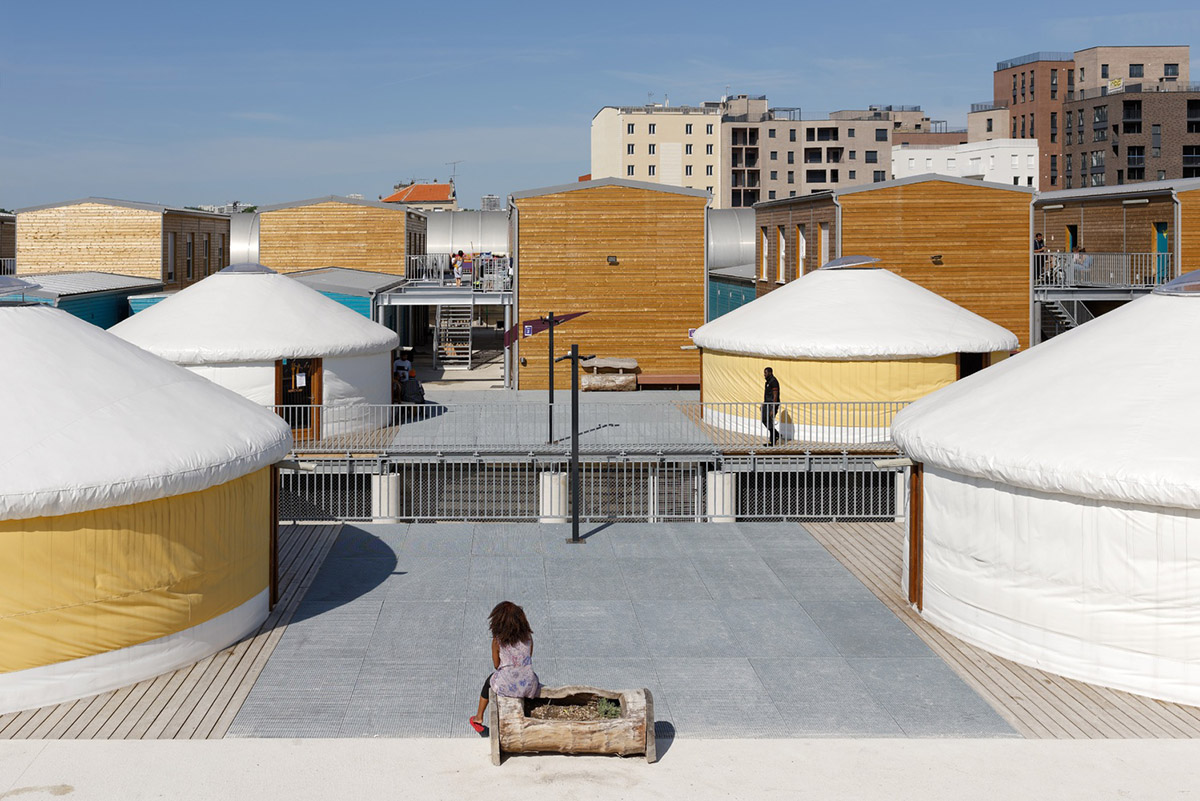
Atelier RITA, Emergency Shelter for Refugees and Roma Community, 2017. Courtesy David Boureau @urbamutability // All rights reserved 2020
The International Exhibition includes 112 participants, with 63 national participants, from 46 countries, in the Giardini, at the Arsenale and in the historic city centre of Venice, with 4 countries taking part in the Biennale Architettura for the first time: Grenada, Iraq, Uzbekistan, Azerbaijan Republic.
The exhibition is organized into five scales, three of them are exhibited in the Arsenale and two of them in the Central Pavilion: Among Diverse Beings, As New Households, As Emerging Communities, Across Borders, As One Planet.
A part of the Exhibition is titled How will we play together?, a contribution by 5 international participating architects who have designed a project dedicated to children’s play, on exhibit at Forte Marghera and open to the public.
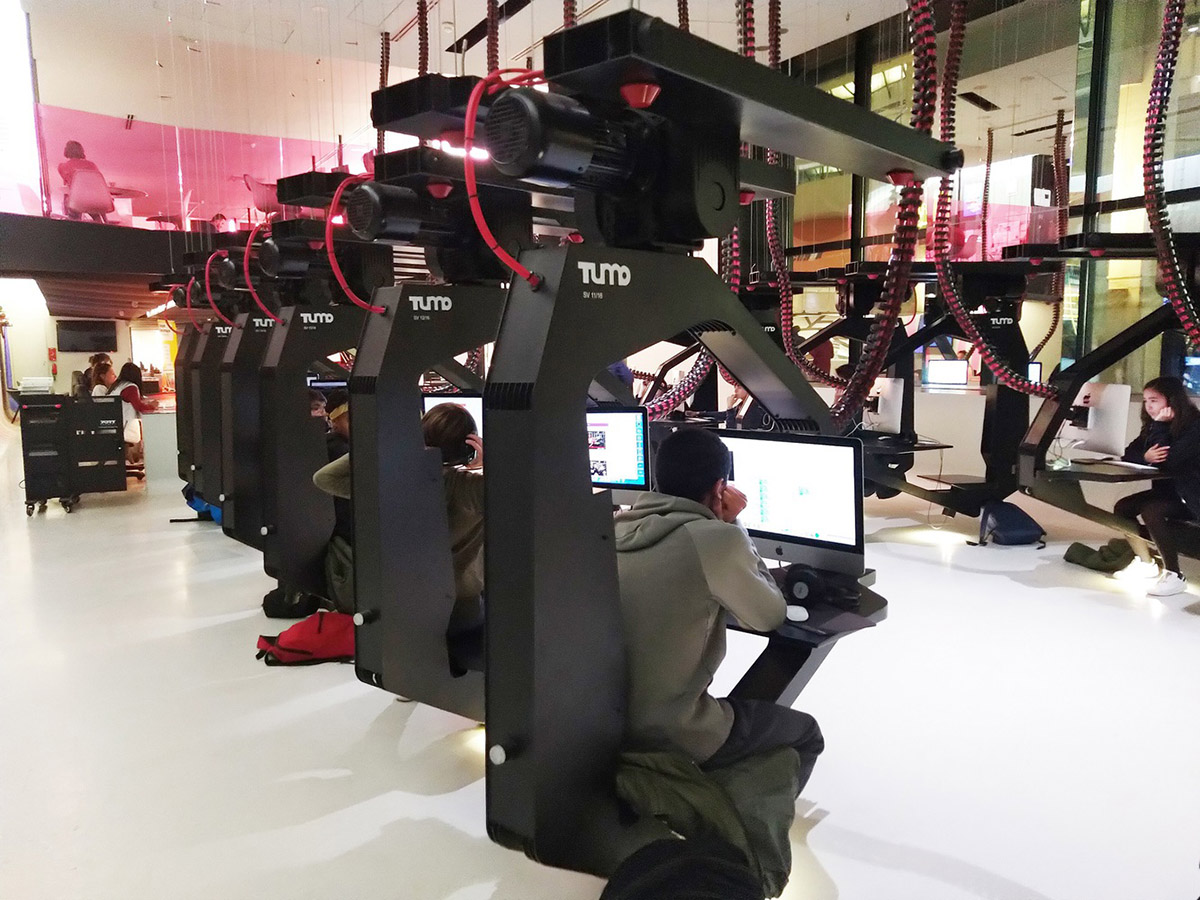
TUMO Center for Creative Technologies, TUMO Paris, 2018. Image © Forum des Images
This edition also includes a series of participations out of competition, such as Stations + Co-Habitats, research into the five scales with relative case studies developed by researchers from universities around the world (Architectural Association, American University of Beirut, The Bartlett, Columbia University, Cooper Union, ETH Zurich, Ethiopian Institute of Architecture, Building Construction and City Development EiABC, ETSAM – Escuela Técnica Superior de Arquitectura de Madrid, Harvard University, Hong Kong University, Iuav University of Venice, KIT Karlsruhe, KU Leuven, Rice University, and the Venice Lab, a consortium of research groups at MIT); the special participation by the Israeli artist Michal Rovner in the Central Pavilion; the special project by Studio Other Spaces (represented by Olafur Eliasson and Sebastian Behmann) which presents UN Assembly for the Future, featuring contributions by all the participants; the theme of sports is the subject of an outdoor installation at the Giardini titled How will we play sport together?; a special event by the Vuslat Foundation presents an installation by Giuseppe Penone at the Arsenale.
For the fifth consecutive year, La Biennale di Venezia and the Victoria and Albert Museum, London present the Special Project at the Pavilion of Applied Arts (Arsenale, Sale d’Armi A) titled Three British Mosques. In collaboration with architect Shahed Saleem, the exhibition looks at the often undocumented do-it-yourself world of mosques adapted for this use.
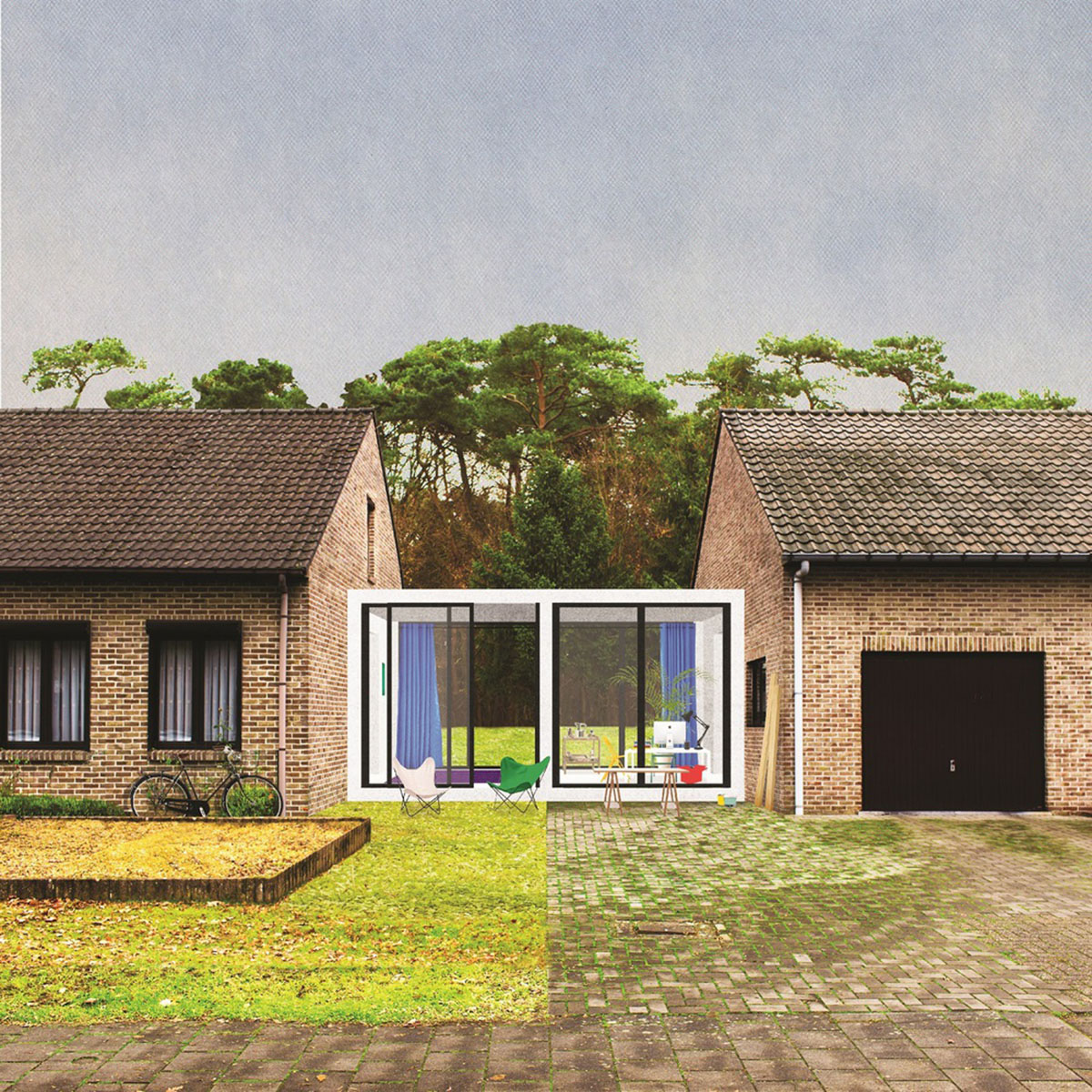
Dogma, “You always seemed so sure that one day we’d be fighting,” The Opposite Shore, 2016-19. Courtesy of Dogma
The Collaboration with Biennale Danza
This year the 17th International Architecture Exhibition will intersect with the 15th International Festival of Contemporary Dance from 23 July to 1 August, hosting at the Arsenale, in the section of the Exhibition titled Among Diverse Beings, the installations and dancers-choreographers of the Biennale College.
Under the mentorship of the artistic director of Biennale Danza Wayne McGregor, they will create short choreographic fragments, “snapshots” or “sketches” inspired by the signs, materials and themes of the Architecture Exhibition.
Collateral Events
A total of 17 Collateral Events have been approved by the Curator, promoted by national and international non-profit entities and institutions. Organized in various venues in the city of Venice, they present a broad spectrum of contributions and participations that enrich the pluralism of voices that distinguishes the Exhibition.
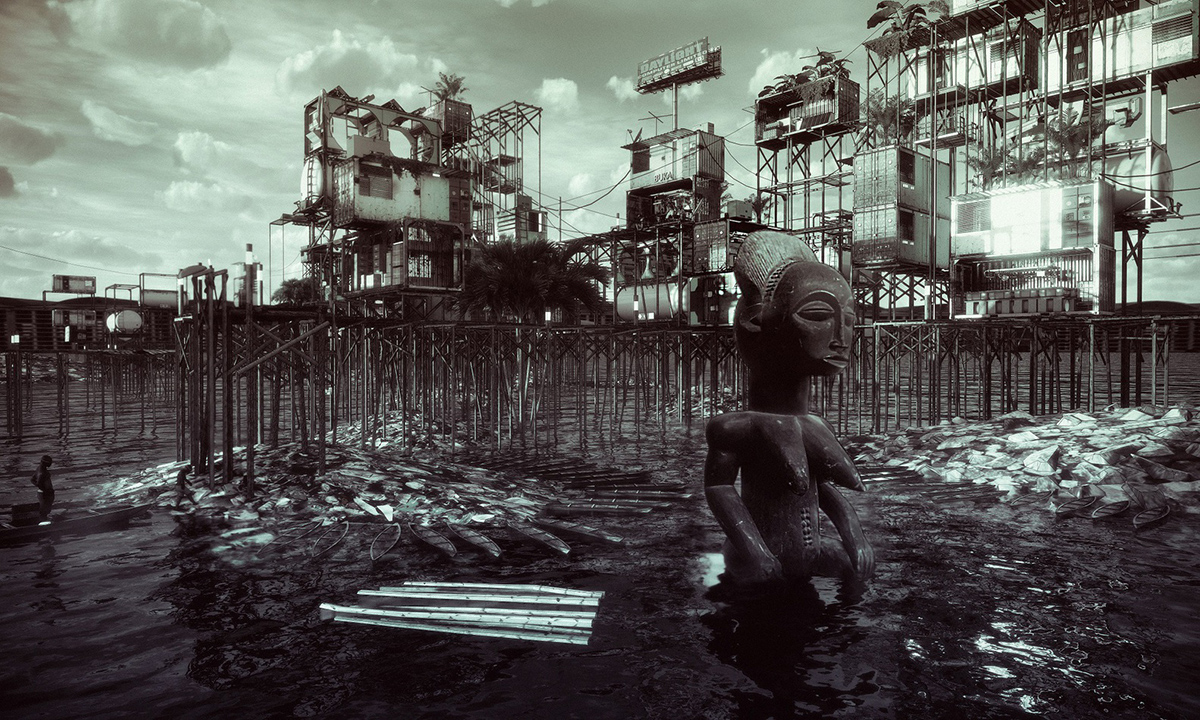
Olalekan Jeyifous and Mpho Matsipa, Liquid Geographies, Liquid Borders, 2020. Courtesy of Olalekan Jeyifous
Meetings on Architecture
The programme of the 17th Exhibition is complemented by the Meetings on Architecture, encounters with architects, scholars and professionals from around the world. The protagonists will attempt to answer the question "How will we live together?" in a series of dialogues focusing on the new challenges that climate change brings to architecture, on the role of public space in the recent urban uprisings, on the new techniques of reconstruction and the changing forms of collective building; on the architecture of education and the education of the architect, on the relationship between curating and architecture.
The calendar of events will be announced soon on the website.
Biennale Sessions, the Project for the Universities
La Biennale again this year dedicates the Biennale Sessions project to Universities, Academies and Institutes of Higher Education. The goal is to facilitate three-day self-organized visits for groups of at least 50 students and teachers, who will be assisted in organizing their journey and their stay, and will be offered the possibility of organizing seminars to be held free of charge in the venues of the exhibition
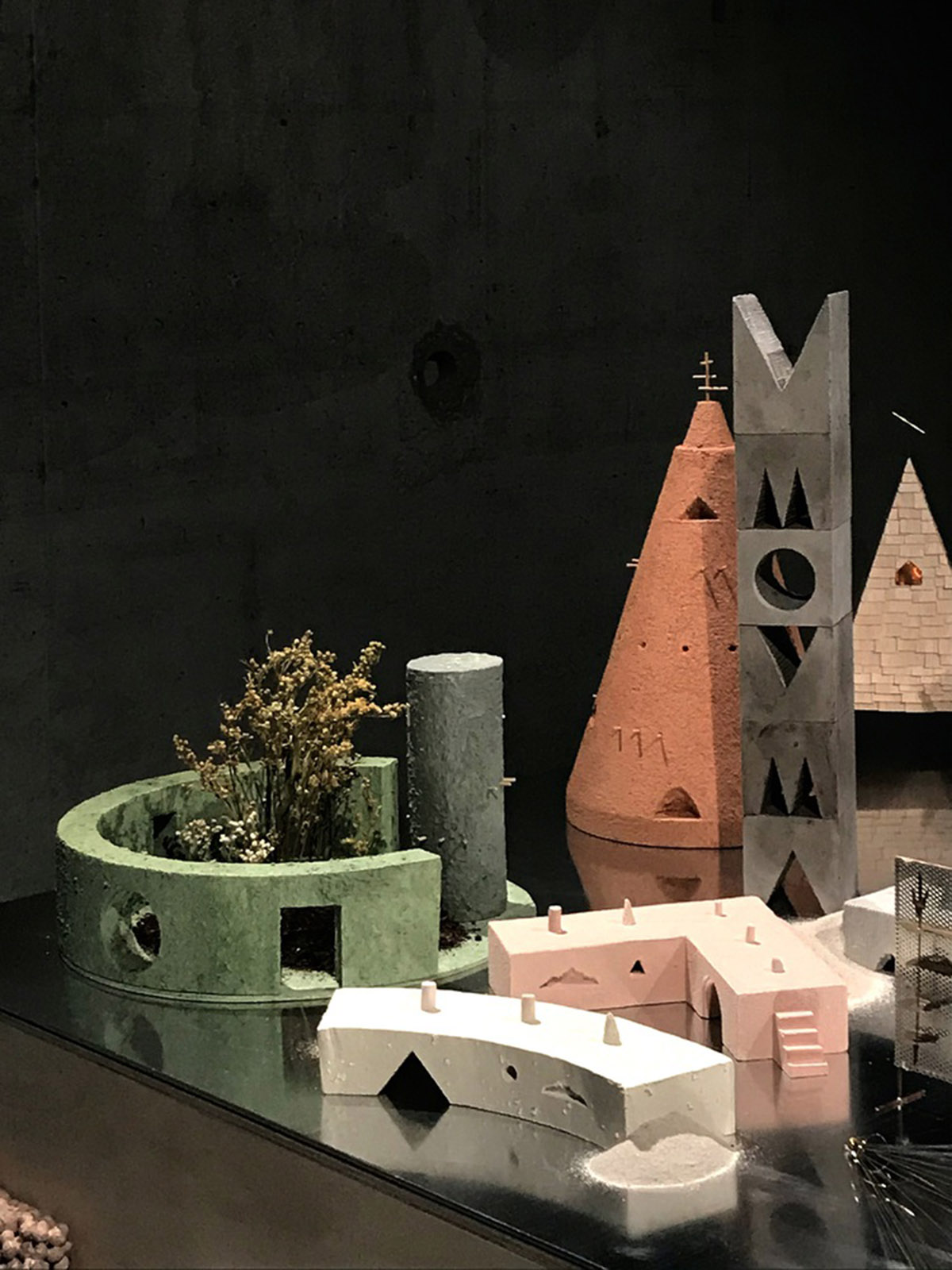
Studio Ossidiana, Variation on a Bird Cage, 2019-20. Courtesy of Studio Ossidiana
Educational
Over the past decade La Biennale has given increasing importance to its educational aims, maturing a strong commitment with its "Educational" activities towards the audiences of the Exhibitions, the universities, young people and children in schools of all levels. The Biennale Architettura 2018 and the Biennale Arte 2019 involved a total of 114,672 people, including 68,205 young participants in the Educational activities.
For the year 2021, there will be a generous programme offered to individuals and groups of students, children, adults, families, professionals, companies and universities. All the initiatives pursue the active involvement of the participants and are conducted by personnel selected and trained by La Biennale. They are divided between Guided Tours and Workshop Activities.
Publication
The official catalogue, titled How will we live together?, consists of two volumes. Volume I, edited by Hashim Sarkis, is dedicated to the International Exhibition. Volume II is dedicated to the National Participations and the Collateral Events. The Exhibition Guide is conceived to accompany the visitor along the exhibition route. The publications also include two books in English, titled Co-Habitats and Expansions, which reflect on the themes developed in the Exhibition. The coordinated graphic identity of the Biennale Architettura and the layout of the books are by Omnivore, Inc. The books are published by La Biennale di Venezia.
Top image: Giardini, courtesy of Venice Architecture Biennale.
